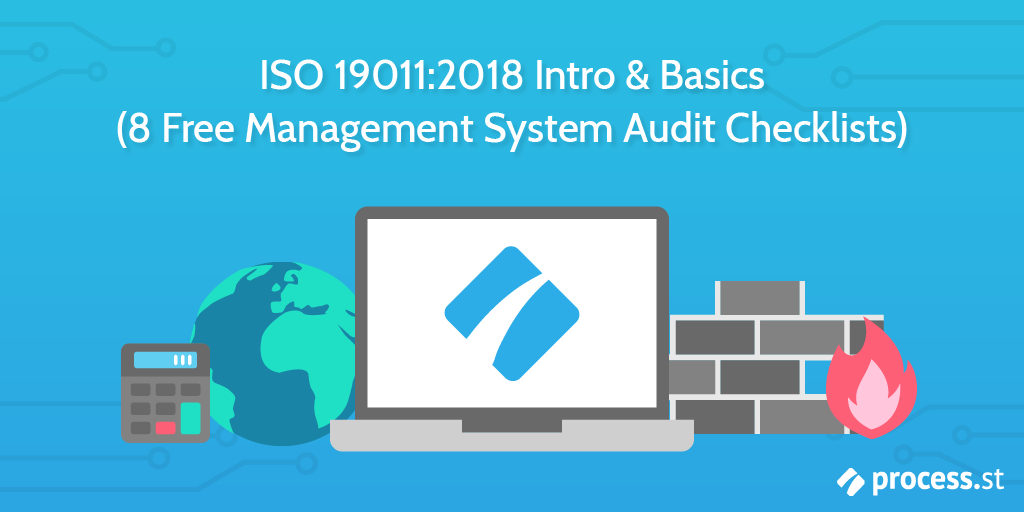
Duties. Deliverables. Deadlines.
No matter if an employee is working as part of a tiny startup based in the CEO’s basement, or a multinational company with offices across the globe, there are important tasks that each and every employee needs to knock out the park.
But how can companies ensure their employees can complete tasks effectively? And that employees aren’t creating a backlog of work for themselves, which could decrease overall productivity by up to 68%?
Answer: An employee task list.
At least, that’s what countless top, thriving companies have told us after we asked them about their task list and checklist habits.
In this post – which is the next part in Process Street‘s series investigating how, why, and in what ways successful businesses use lists for their workflows – I’ll deep dive into the nitty-gritty of employee task lists. Plus, you’ll get the exclusive opportunity to discover the never-seen-before findings from our in-depth research.
Just read through the following sections:
- What is an employee task list?
- What jobs require an employee task list?
- How is an employee task list useful?
- Why marketing teams around the globe utilize employee task lists
- Employee task list best practices: Crushing duties & deadlines
- Use Process Street to create a superpowered employee task list!
However, before delving into our findings, I’ll first define exactly what an employee task list is.







 Workflows
Workflows Forms
Forms Data Sets
Data Sets Pages
Pages Process AI
Process AI Automations
Automations Analytics
Analytics Apps
Apps Integrations
Integrations
 Property management
Property management
 Human resources
Human resources
 Customer management
Customer management
 Information technology
Information technology











